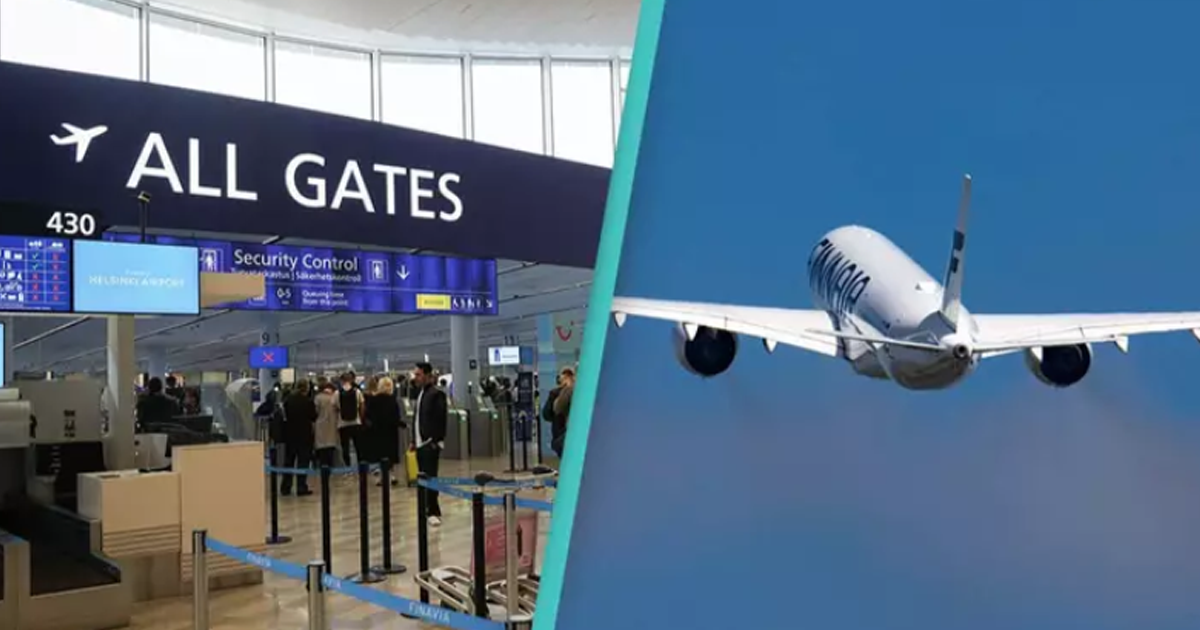Shocking Decapitation Revealed: Documentary Uncovers 'World's Tallest Waterslide' Nightmare

Decades after vanishing, an Alcatraz escapee surfaces with a letter that could rewrite history.
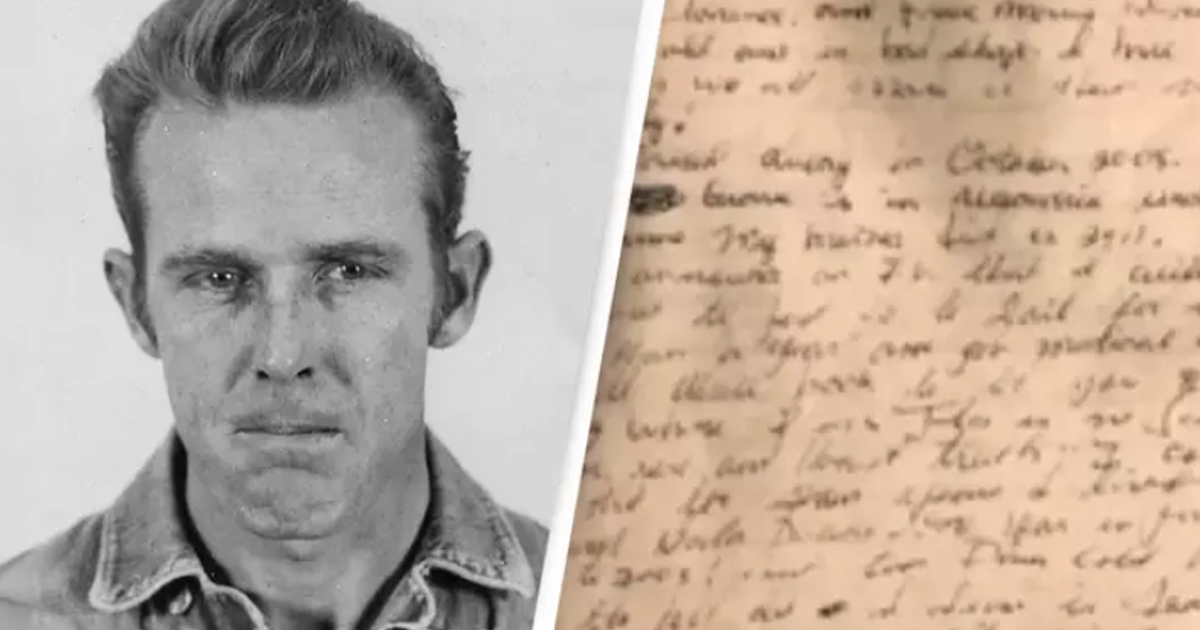
In a twist that sounds like it's straight out of a Hollywood script, John Anglin, one of the three men famed for their daring escape from Alcatraz prison in 1962, purportedly broke decades of silence with a letter to the FBI. This letter, emerging 50 years after the escape, offers a rare glimpse into the life of a man on the run, his conditions for surrender, and the enduring legacy of one of history's most enigmatic prison breaks.
As authorities and the public grapple with the letter's authenticity and implications, this article delves into the details of the escape, the life Anglin claims to have led since, and the ongoing fascination with the fate of the Alcatraz escapees.

In an event that reignites one of the most captivating mysteries of the 20th century, a letter allegedly written by John Anglin, one of the trio who famously escaped Alcatraz, has surfaced, sending shockwaves through law enforcement and the public alike.
The letter, received by the FBI in 2019 but dating back to five years prior, claims to be from Anglin, offering a startling account of life post-escape and a request that has left many astounded.

Alcatraz, known for its impenetrable security and the notorious criminals it housed, was breached in 1962 by John and Clarence Anglin, alongside Frank Morris, in what became the only known successful escape from the island prison.
Their disappearance into the cold waters of San Francisco Bay has fueled speculation and debate for decades, with their fate remaining one of the most enduring mysteries.
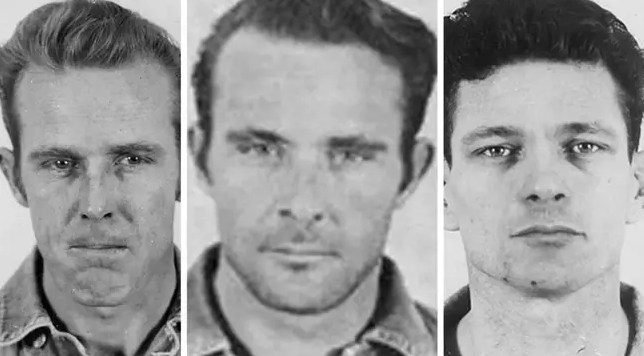 Brothers John and Clarence Anglin and fellow prisoner Frank Morris managed to escape from the notorious prison in 1962
Brothers John and Clarence Anglin and fellow prisoner Frank Morris managed to escape from the notorious prison in 1962The letter's author, identifying himself as John Anglin, reveals that both Clarence Anglin and Frank Morris have passed away, in 2008 and 2005 respectively, and makes a plea to the authorities. At 83 years old and battling cancer, the writer proposes a deal: a maximum of one year in jail in exchange for medical treatment and the revelation of his whereabouts.
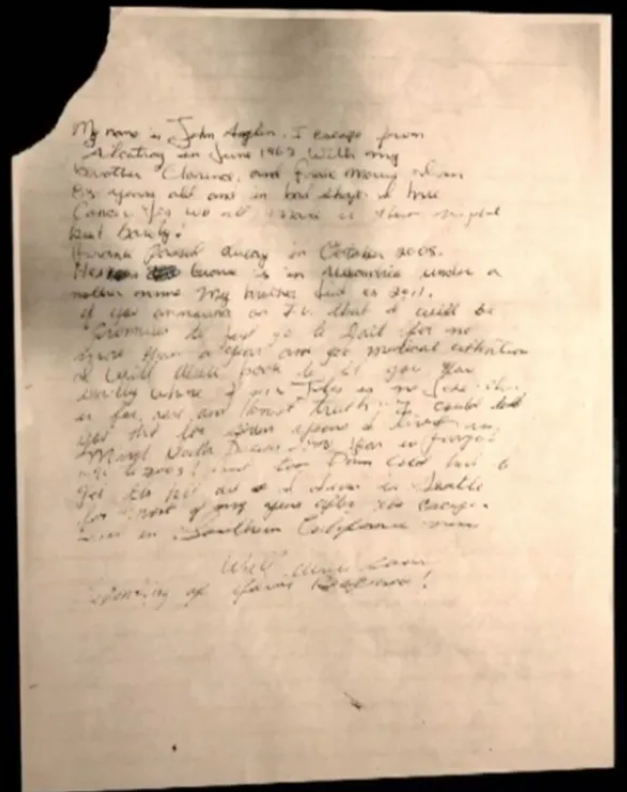
This extraordinary claim prompted the FBI to conduct forensic handwriting analysis, comparing the letter to known samples from the escapees. However, the results were inconclusive, leaving more questions than answers.
The U.S. Marshals Service, which took over the case in 1978, has been left to ponder the authenticity of the letter and the possibility that Anglin, or someone purporting to be him, has been living in hiding for over five decades.
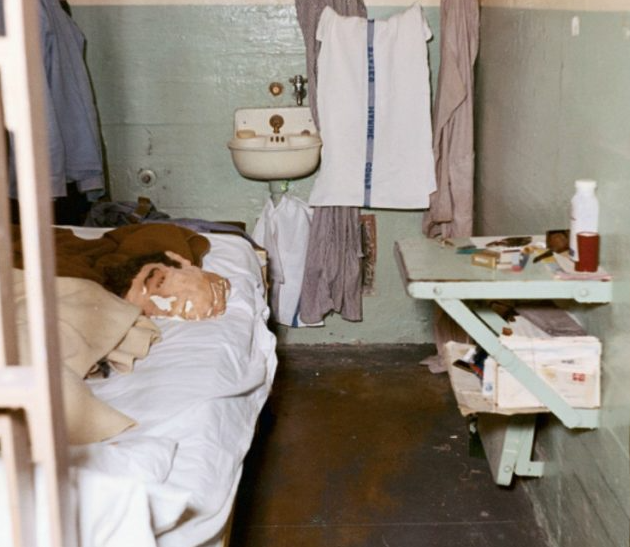
The emergence of this letter not only rekindles interest in the Alcatraz escape but also challenges the narrative that the men perished in their daring bid for freedom. Whether a genuine confession or an elaborate hoax, the letter adds a new chapter to the saga of the Alcatraz escapees, ensuring that their story continues to fascinate and perplex the world.

